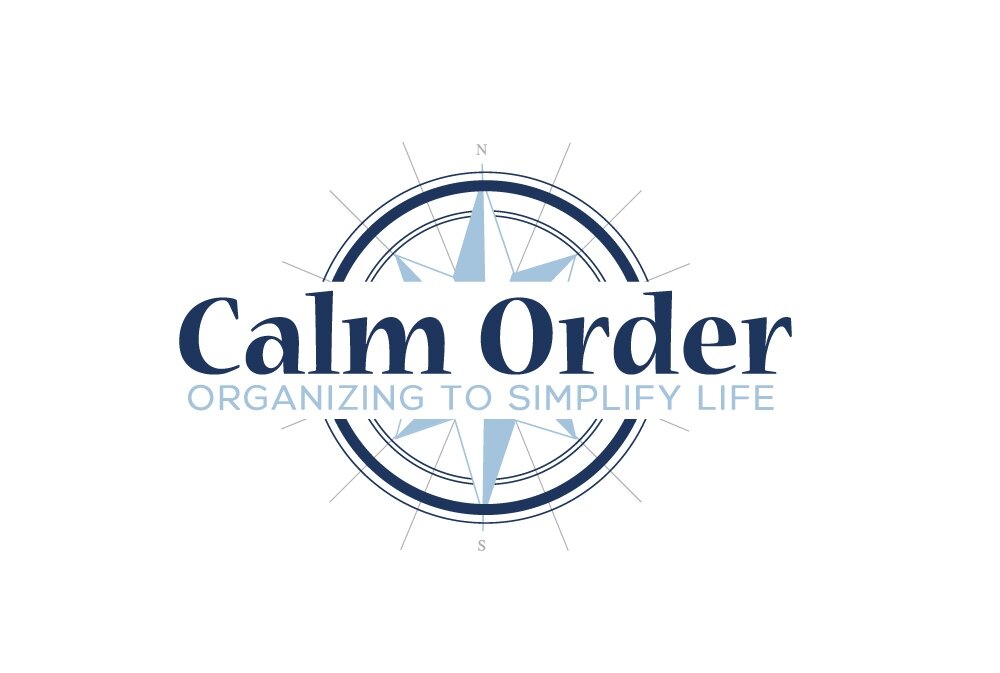Many people have items that we have inherited from family members or collected from personal experiences. Whether they are old books, souvenirs from past vacations, or antique furniture, these items can take up a significant amount of space in a home. Why are they still around? Most of these items are unnecessary, but people find themselves unable to part with them.
These items can be classified into two categories: keep sakes and familiar objects. Sentimental keep sakes are items that have memories associated with them. For example, it may be a special tea cup that you remember your grandmother drinking out of when you went to visit her as a child. That item has a sentimental memory attached to it.
However, if the item has no memory but was touched or owned by someone, it is not a sentimental attachment. For example, if your grandmother had another tea cup that she always kept tucked in a cabinet, you do not have a sentimental attachment to it because you have no memories of it. There is a familiar relationship there, but no attachment.
In order to eliminate these items, people must determine if they are keepsakes or if they are just being held onto. If you have items that are just familiar, but have no real meaning attached to them, then there is no reason why you should keep them.
Keep sakes are difficult to deal with, because you must be willing to disassociate your memories with the items. It is important to not assign memories to one single object. These items are temporary and should not have the responsibility of holding a lifetime of memories. The experiences you remember and treasure from the past and present are your own, and you do not need to hold onto an object in order to honour and remember them.
If one of your objects were to break, you risk losing the connection you had with your memories, and as a result, risk losing the memories all together. It is better to hold onto these memories on your own, so you can ensure they will be with you always.













